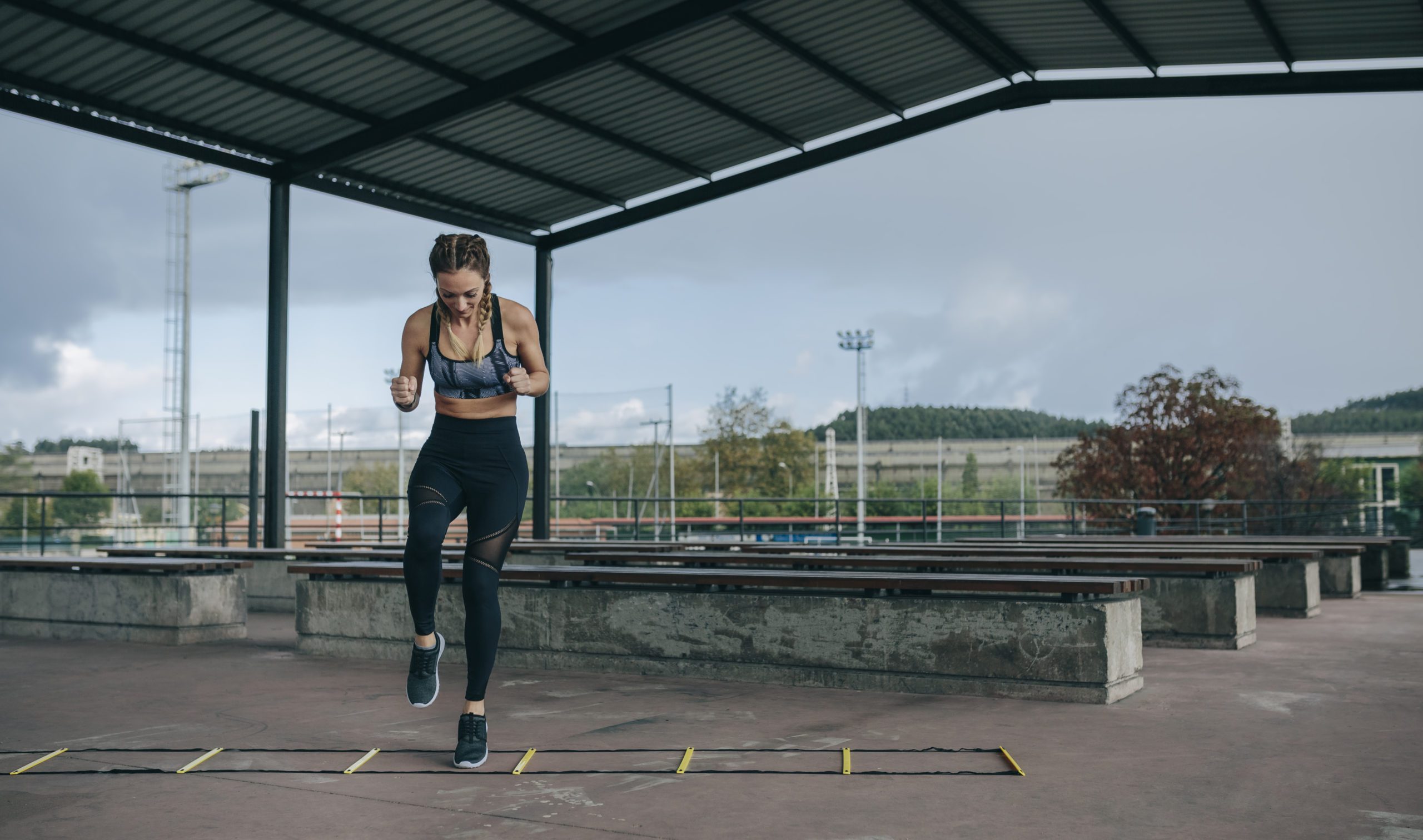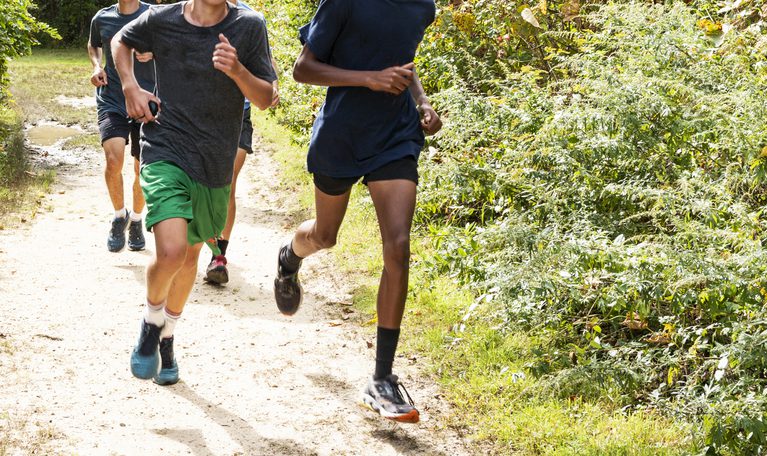Running drills for improved speed and efficiency
Six easy drills to help make you a faster runner

When most people see a speed ladder, they think of sports like football, soccer or volleyball. A speed ladder has flexible rungs, sits flat on the ground and is traditionally used for sports that require agility and fast feet. However, former Canadian indoor mile record-holder Kate Van Buskirk has been using a speed ladder to improve her foot speed and efficiency.
RELATED: 5 new workouts to help you train like a pro

RELATED: Long run recovery: how long does it take?
A 2018 study of female East African runners found that ground contact time was strongly associated with running efficiency, an aspect of training that can go hugely overlooked. So if you’re a runner who’s looking to improve your speed and efficiency with minimal effort, reducing ground contact time is a great place to start. Ground contact time, or foot speed, can be improved with the following speed ladder drills that can be done in under 10 minutes from the comfort of your home.
Before you begin
Make sure you warm up well before starting. Van Buskirk generally does these drills after a recovery or aerobic run (don’t bother with exercises like this after a speed day, that’s overkill). Runners should focus on staying tall and being quick and light on their feet. Finally, because these are speed drills, there’s an inclination to get right onto the balls of your feet. However, this can cause calf tightness so be sure to stretch after and start slowly. Do the drills in the order listed below.
Pro tip: No speed ladder? No problem. If you’ve got sidewalk chalk, drawing out a ladder will do the trick.
The drills
Fast Feet – Run quickly through the speed ladder, making sure both feet touch the ground between each rung.
Double in-and-out – Alternate between hopping with your feet together into each space, then with your feet apart outside each rung.
(Progression: land outside each rung in a deep squat, then quickly hop back into the next space with feet together and tall posture.)
Single in-and-out – Hop on one foot into each space, then outside each rung. Repeat on the other side with the opposite foot.
Hopscotch – Hop into the first space on a single foot, then hop outside the rung, landing on both feet. Then, hop into the next space on your other foot, and repeat.
Double-Trouble – Alternate between stepping into the rung, then to either side, and repeat throughout the ladder. Start this one slowly to make the mind-body connection, then increase the speed.
Lateral Double-Trouble – Same patterning as the above version, just facing inward instead of forward. Start perpendicular to the ladder and step each foot alternately into the space, then out of the ladder.


